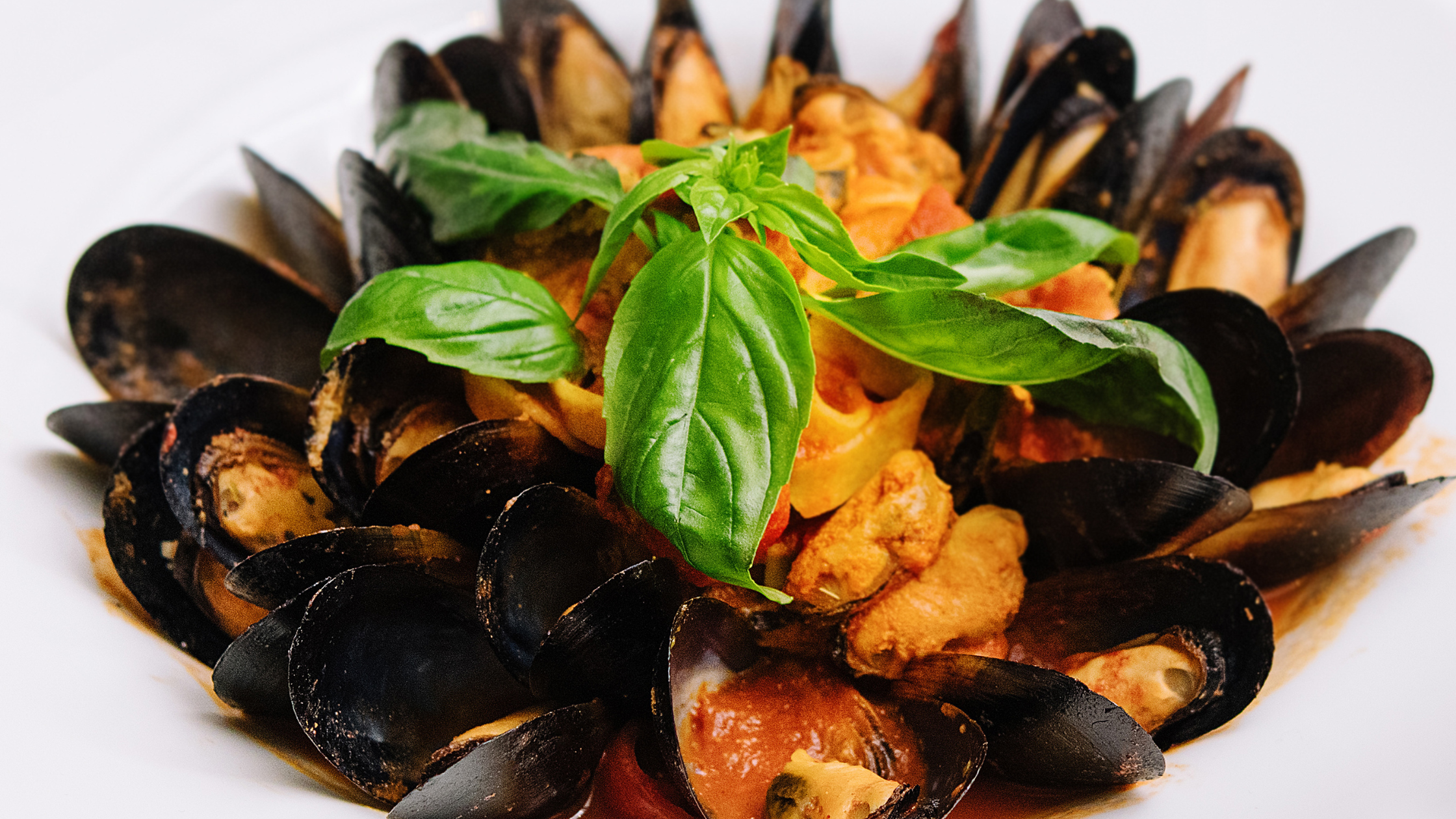
Savor the Sea: How to Make Mussels In White Wine Garlic Delight
Picture this: the sun dips below the horizon, casting a golden glow across the ocean while you sit at a seaside bistro, savoring each exquisite
FREE Overnight Shipping on orders over $300 ($200 in CA. Some suburbs are not included).
By Rebecca Gardon
I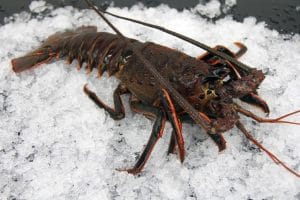 n honor of one of our favorite times of year, we thought it appropriate to share some fun facts about this crustacean sensation.
n honor of one of our favorite times of year, we thought it appropriate to share some fun facts about this crustacean sensation.
1. Lobsters can live as long as 100 years.
2. The American or Maine lobster (Homarus americanus), is found in the Atlantic Ocean and bears large, meaty claws. Species of spiny lobsters, such as the California spiny (Panulirus interruptus), have large, spiny antennae, but no large claws.
3. Perhaps due to being closely related to grasshoppers and tarantulas, lobsters are often referred to as “bugs.”
4. A female lobster can only mate just after she has molted. Once she has shed her shell, she sends out a pheromone to let males know she’s in the mood!
5. When lobsters mate, the eggs aren’t fertilized right away. The female carries the male’s sperm and chooses when to fertilize her eggs. Depending on how cold the water is, female lobsters may carry their eggs for up to a year.
6. Lobsters eat voraciously after molting, and will often consume their own recently emptied shells. Eating the old shell replenishes lost calcium and hastens the hardening of the new shell.
7. Lobsters taste with their legs via chemosensory hairs that identify food.
8. They also chew food with “teeth” located in their stomachs, which are right behind the eyes and about the size of a walnut.
9. Lobsters are cannibals. When food is scarce they are known to dine on smaller lobsters.
10. Lobster don’t scream when you cook them – they don’t have lungs or vocal cords. According to Robert C. Bayer, executive director of The Lobster Institute at the University of Maine, the noise people hear is air that has been trapped in the stomach and forced through the mouth after being out of water for short periods of time.
11. The creamy green stuff inside a lobster is called the tomalley—a digestive gland that’s the intestine, liver, and pancreas. Its appearance may be off-putting but many people enjoy eating it and consider it delicious.
12. Lobster blood is clear. When cooked it turns into a whitish gel.
13. Lobsters can regenerate their claws, legs and antennae.
14. Lobsters were once considered poor man’s food. In Colonial times the crustaceans were so plentiful in the northeast that they were often used as fertilizer, feed for farm animals, and as fishing bait. Because they were so cheap, they were only eaten by poor people and served to prisoners and servants.
15. Lobster meat is a great source of protein, providing 28 grams of protein per cup. And if you skip the butter, they aren’t fattening. Three and a half ounces have just 96 calories and about two grams of fat.

Picture this: the sun dips below the horizon, casting a golden glow across the ocean while you sit at a seaside bistro, savoring each exquisite
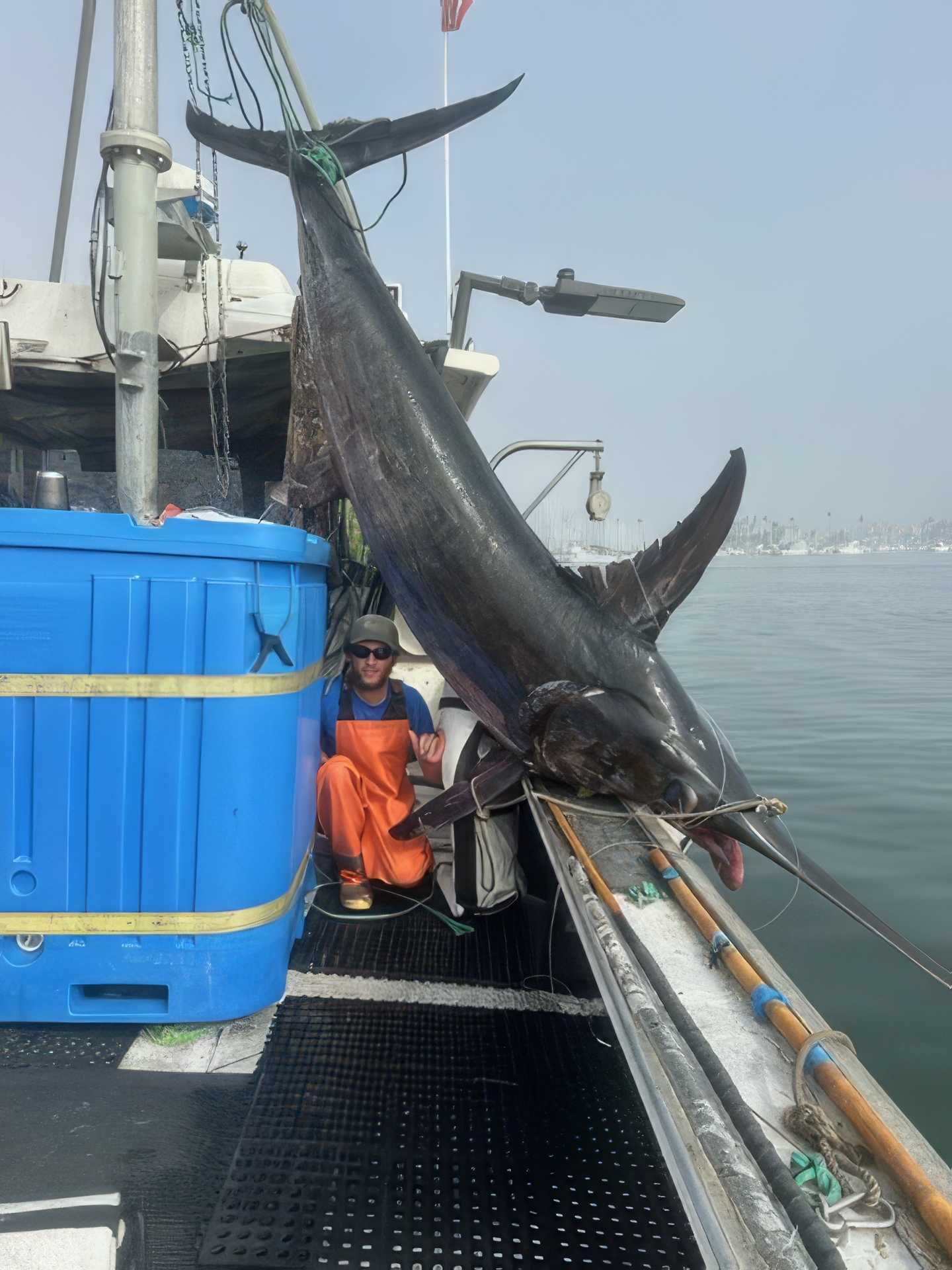
The Conservation Benefits of Deep-Set Fishing At Catalina Offshore Products, sustainability isn’t just a buzzword—it’s a commitment. As a small family-owned company, we pride ourselves
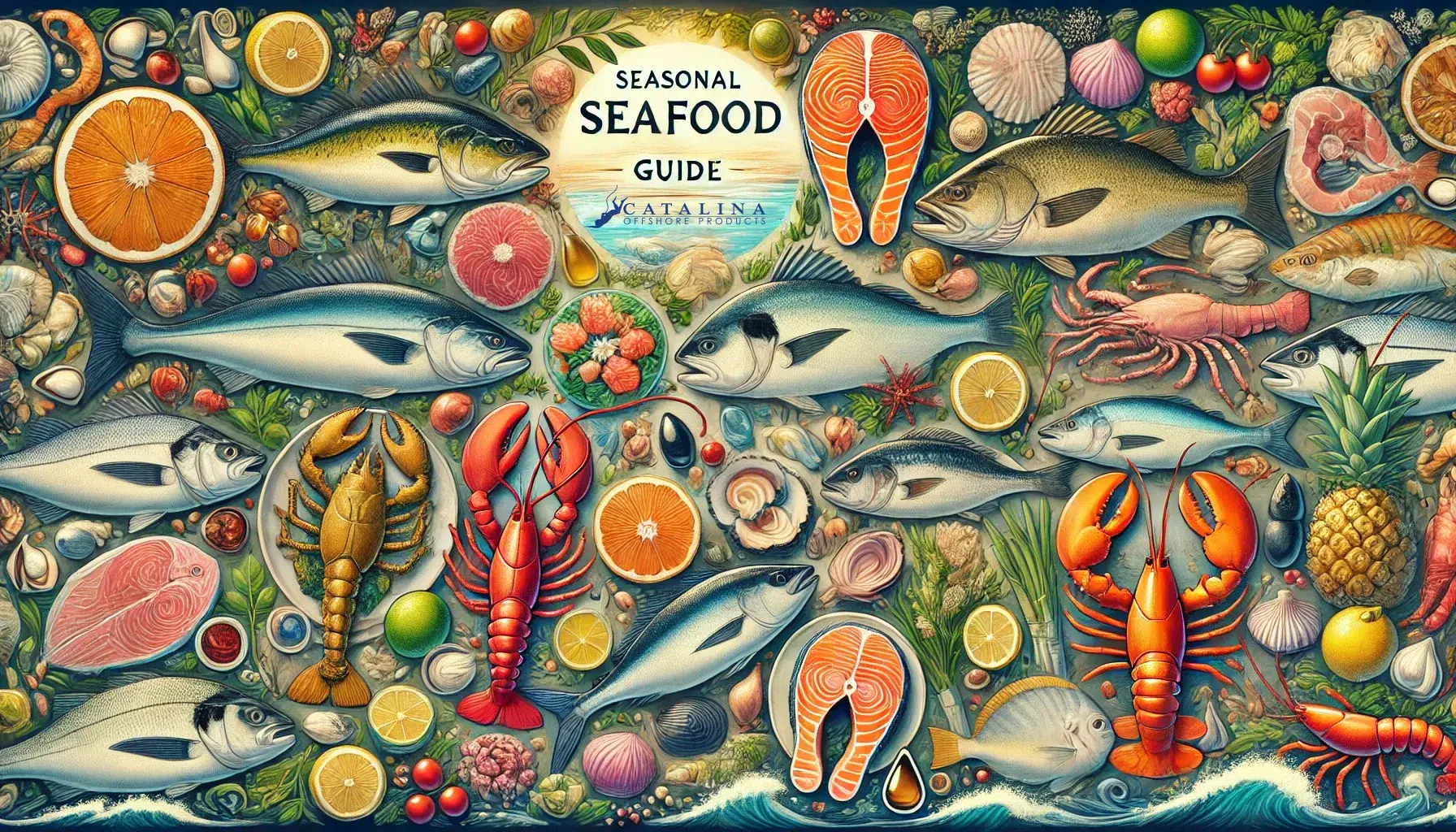
As we journey through the latter half of the year, each month presents us with an array of fresh seafood delights. From the vibrant flavors of summer to the comforting dishes of winter, choosing and preparing the perfect fish or shellfish can truly elevate your meals. Here’s your comprehensive guide to selecting and cooking the best seasonal seafood from August to December.
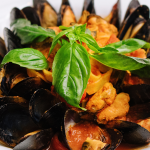
Savor the Sea: How to Make Mussels In White Wine Garlic Delight
Picture this: the sun dips below the horizon, casting a

The Conservation Benefits of Deep-Set Fishing: A Sustainable Seafood Solution
The Conservation Benefits of Deep-Set Fishing At Catalina Offshore Products,
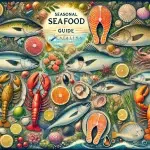
Your Ultimate Seasonal Fish Guide: Savor the Freshest Catches from August to December 2024
As we journey through the latter half of the year, each month presents us with an array of fresh seafood delights. From the vibrant flavors of summer to the comforting dishes of winter, choosing and preparing the perfect fish or shellfish can truly elevate your meals. Here’s your comprehensive guide to selecting and cooking the best seasonal seafood from August to December.